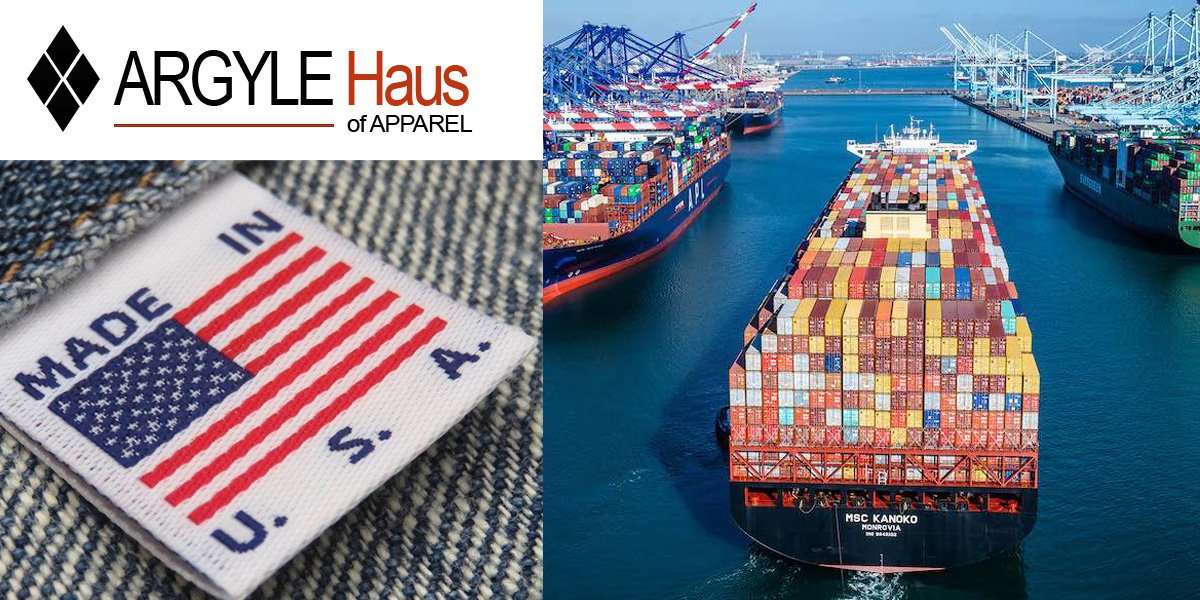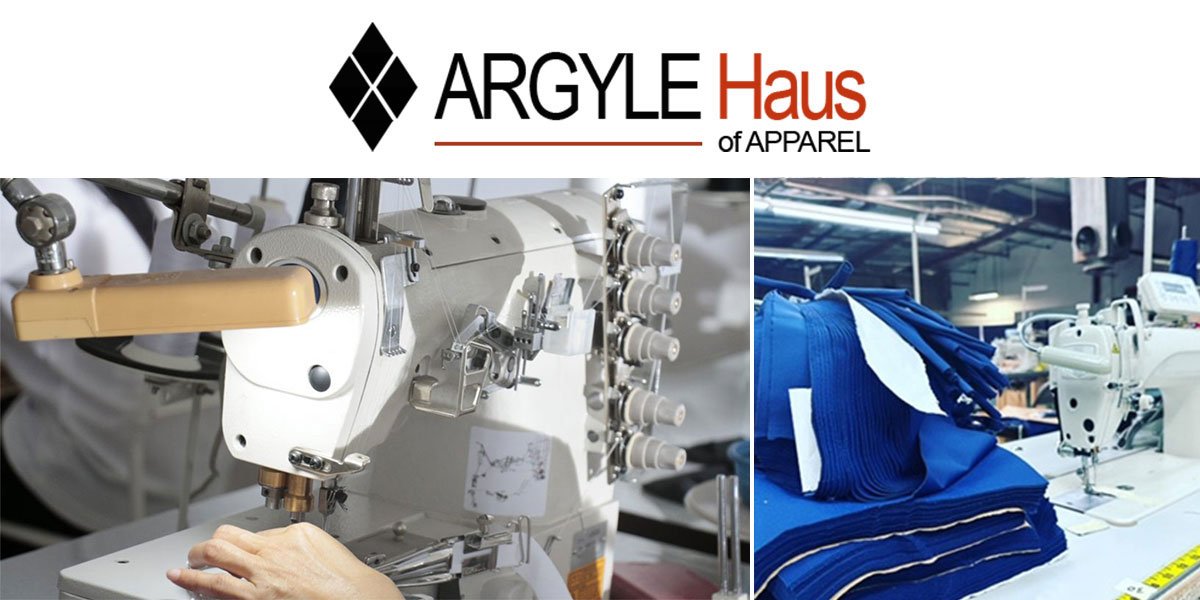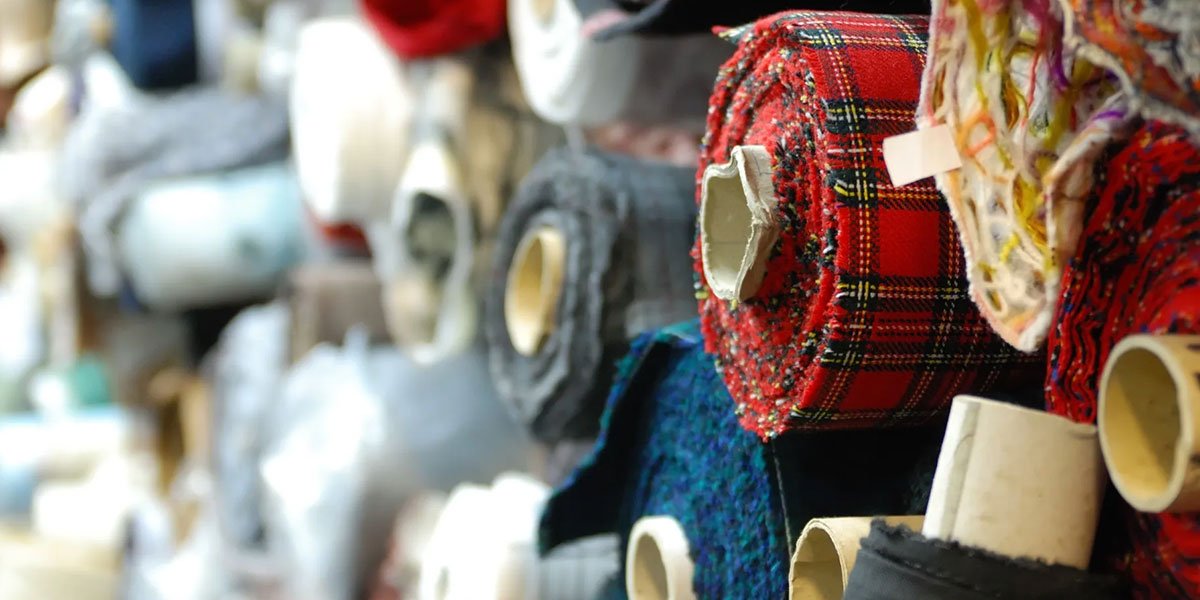In recent years, the fashion industry has undergone a significant transformation with the growth of sustainable fashion brands. Consumers are becoming increasingly conscious of the environmental and social impacts of their purchases, leading to a shift in demand towards more eco-friendly and ethically produced clothing. This movement towards sustainability is not only reshaping the fashion industry but also influencing the way consumers perceive and interact with clothing.

The Growth of Sustainable Fashion Brands
Sustainable fashion brands are those that prioritize ethical sourcing, environmentally friendly production methods, and fair labor practices throughout their supply chain. These brands aim to minimize their carbon footprint, reduce waste, and promote transparency in their operations.
One of the driving forces behind the growth of sustainable fashion brands is the increasing awareness of environmental issues such as climate change, pollution, and resource depletion. Consumers are becoming more educated about the environmental impact of the fashion industry, which is notorious for its high levels of waste, water usage, and carbon emissions.
Additionally, the rise of social media and digital communication has made it easier for consumers to access information about the practices of fashion brands. This transparency has put pressure on companies to improve their sustainability credentials or risk facing public backlash and loss of trust.
Key Factors Contributing to Growth
Several key factors have contributed to the growth of sustainable fashion brands:
- Consumer Demand: As consumers become more aware of environmental and social issues, there is a growing demand for clothing that aligns with their values. Sustainable fashion brands are meeting this demand by offering stylish and high-quality clothing that is produced in an ethical and environmentally responsible manner.
- Innovation in Materials and Production Methods: Advances in technology have made it possible to create sustainable clothing using innovative materials and production methods. For example, some brands are using recycled materials, organic cotton, and plant-based dyes to reduce their environmental impact. Others are exploring new manufacturing techniques such as 3D printing and zero-waste pattern cutting to minimize waste and energy usage.
- Regulatory Pressures: Governments and regulatory bodies are increasingly implementing policies and regulations aimed at reducing the environmental and social impact of the fashion industry. This includes measures to improve working conditions in garment factories, reduce pollution from textile production, and promote sustainable practices throughout the supply chain. Sustainable fashion brands that comply with these regulations are well-positioned to attract consumers who prioritize ethical and environmentally friendly products.
- Corporate Social Responsibility (CSR): Many companies are recognizing the importance of corporate social responsibility and are integrating sustainability into their business strategies. This includes adopting sustainable practices in their operations, investing in renewable energy, and supporting social and environmental initiatives. By demonstrating a commitment to sustainability, brands can enhance their reputation, attract socially conscious consumers, and drive long-term value creation.
The Future of Sustainable Fashion
The growth of sustainable fashion brands is a positive sign for the fashion industry and the planet as a whole. However, there is still much work to be done to make the entire fashion industry more sustainable and ethical. This will require collaboration between brands, suppliers, governments, and consumers to drive systemic change across the entire supply chain.
In the future, we can expect to see continued innovation in materials and production methods, as well as greater transparency and accountability throughout the fashion industry. Consumers will play a crucial role in driving this change by voting with their wallets and supporting brands that prioritize sustainability and ethics.
Ultimately, the growth of sustainable fashion brands represents a shift towards a more conscious and responsible way of consuming fashion. By supporting these brands, consumers can not only look good but also feel good knowing that their clothing choices are making a positive impact on the world.
Navigating the Cost of Sustainable Fashion: Balancing Ethics with Affordability
As sustainable fashion continues to gain momentum, one of the key considerations for consumers is the cost implications of choosing eco-friendly clothing options. While there is a growing demand for ethically produced garments, the perception persists that sustainable fashion comes with a higher price tag. Understanding the factors that contribute to the cost of sustainable fashion is essential for consumers looking to make environmentally conscious choices without breaking the bank.
Factors Influencing Cost
Several factors contribute to the higher cost of sustainable fashion:
- Materials: Sustainable fashion brands often prioritize the use of eco-friendly materials such as organic cotton, recycled polyester, and bamboo. While these materials may be more environmentally friendly, they can also be more expensive to produce and source compared to conventional fabrics.
- Production Methods: Sustainable fashion brands are committed to ethical manufacturing practices, which may include fair wages, safe working conditions, and limited environmental impact. Implementing these practices often requires additional investments in training, infrastructure, and compliance, all of which can contribute to higher production costs.
- Certifications and Standards: Many sustainable fashion brands obtain certifications such as GOTS (Global Organic Textile Standard) or Fair Trade to demonstrate their commitment to sustainability and ethics. However, these certifications come with associated costs, including certification fees, audits, and ongoing compliance requirements.
- Limited Scale: Compared to mainstream fashion brands, sustainable fashion brands often operate on a smaller scale, which can result in higher production costs per unit. Additionally, sustainable fashion brands may prioritize quality over quantity, leading to higher prices for durable and long-lasting garments.
Navigating Affordability
Despite the perceived higher cost of sustainable fashion, there are ways for consumers to make eco-friendly choices without overspending:
- Investment Pieces: Instead of buying multiple cheaply made garments, consider investing in high-quality, timeless pieces that will last for years to come. While the upfront cost may be higher, the cost per wear over the lifespan of the garment is often lower, making it a more economical choice in the long run.
- Shop Secondhand: Shopping secondhand or vintage is an excellent way to reduce your environmental footprint while saving money. Thrift stores, consignment shops, and online marketplaces offer a wide selection of gently used clothing at a fraction of the cost of new items.
- Look for Sales and Discounts: Many sustainable fashion brands offer sales, discounts, and promotions throughout the year, making their products more accessible to budget-conscious consumers. Sign up for newsletters, follow brands on social media, and keep an eye out for special offers to snag eco-friendly deals.
- DIY and Upcycling: Get creative and repurpose old clothing or thrifted finds into new, stylish pieces. DIY projects such as clothing alterations, upcycling, and customizations allow you to express your personal style while reducing waste and saving money.
Conclusion
While the cost of sustainable fashion may be higher compared to fast fashion alternatives, the benefits to the environment, workers, and communities are invaluable. By understanding the factors that contribute to the cost of sustainable fashion and exploring affordable options, consumers can make conscious choices that align with their values without sacrificing style or breaking the bank. As demand for sustainable fashion continues to grow, it is hoped that economies of scale and innovations in production methods will further drive down costs, making eco-friendly clothing accessible to all.






